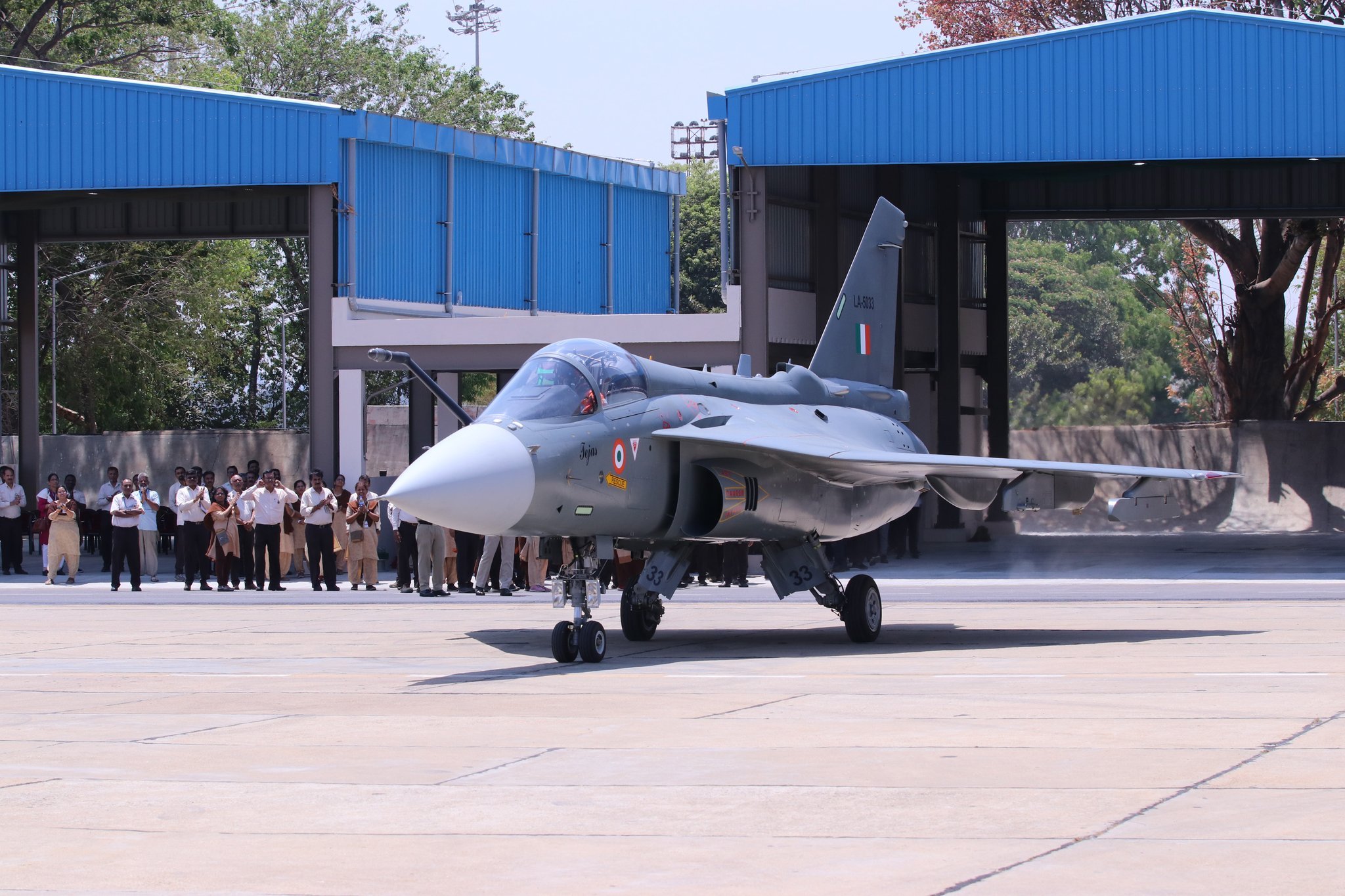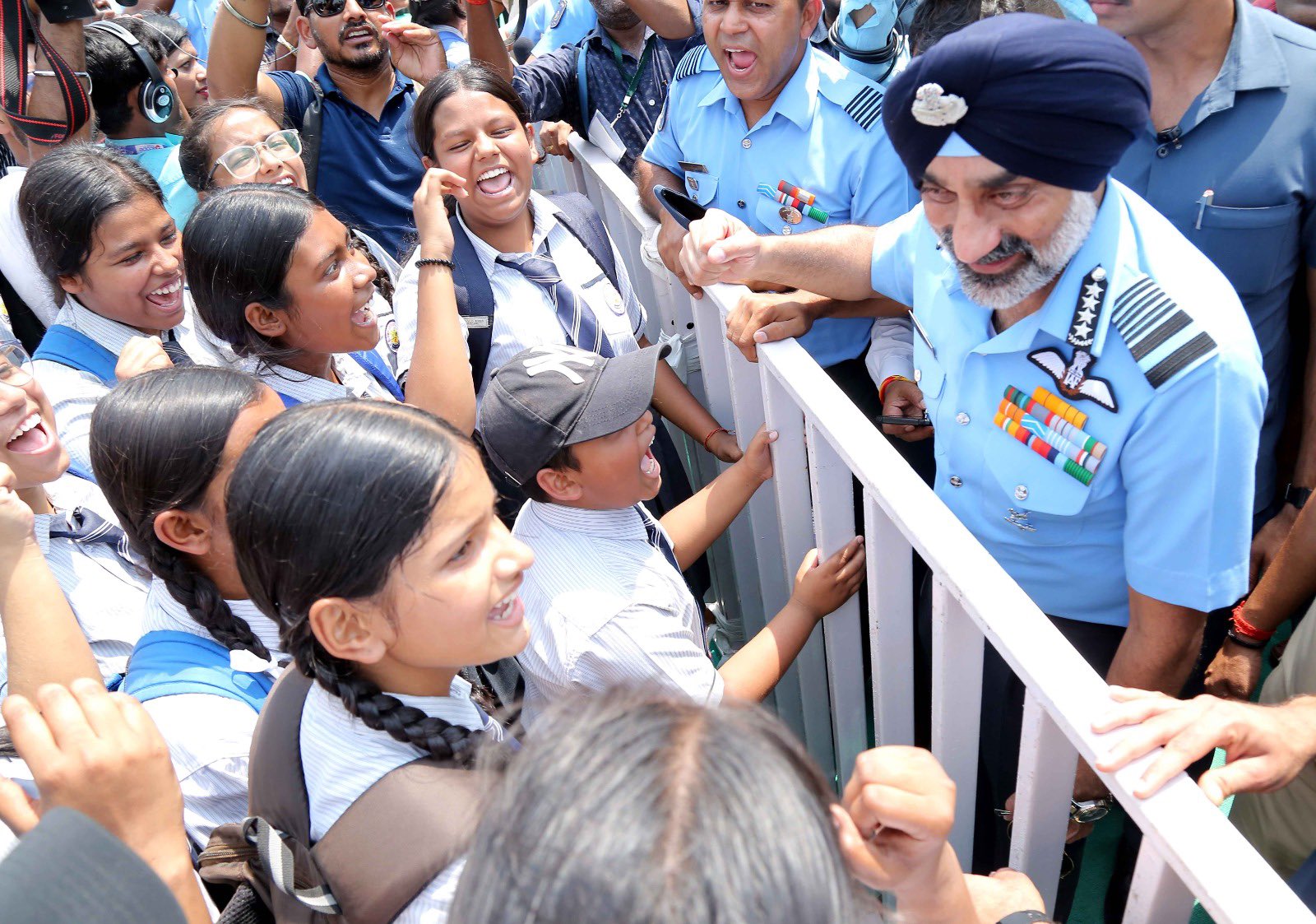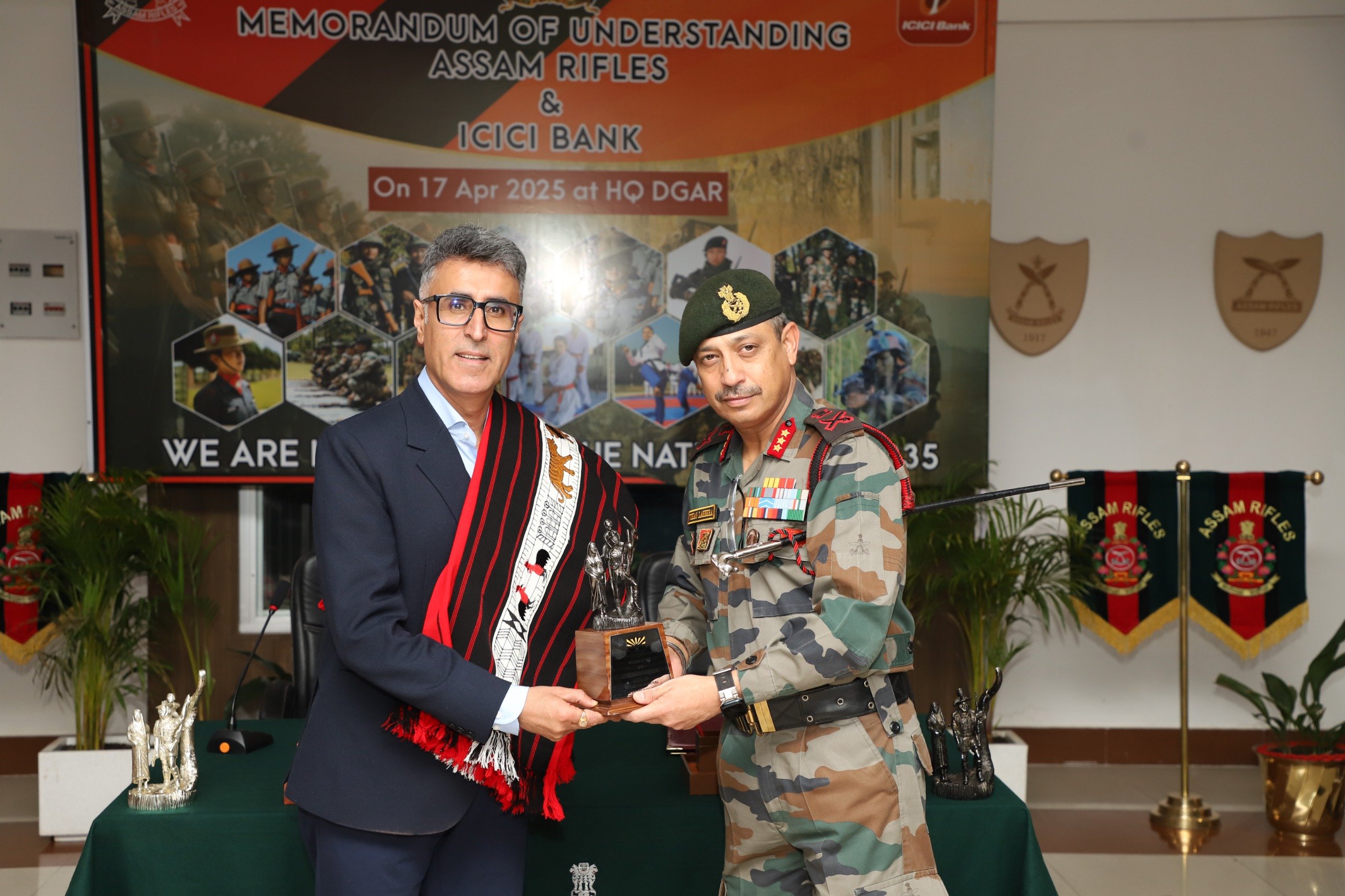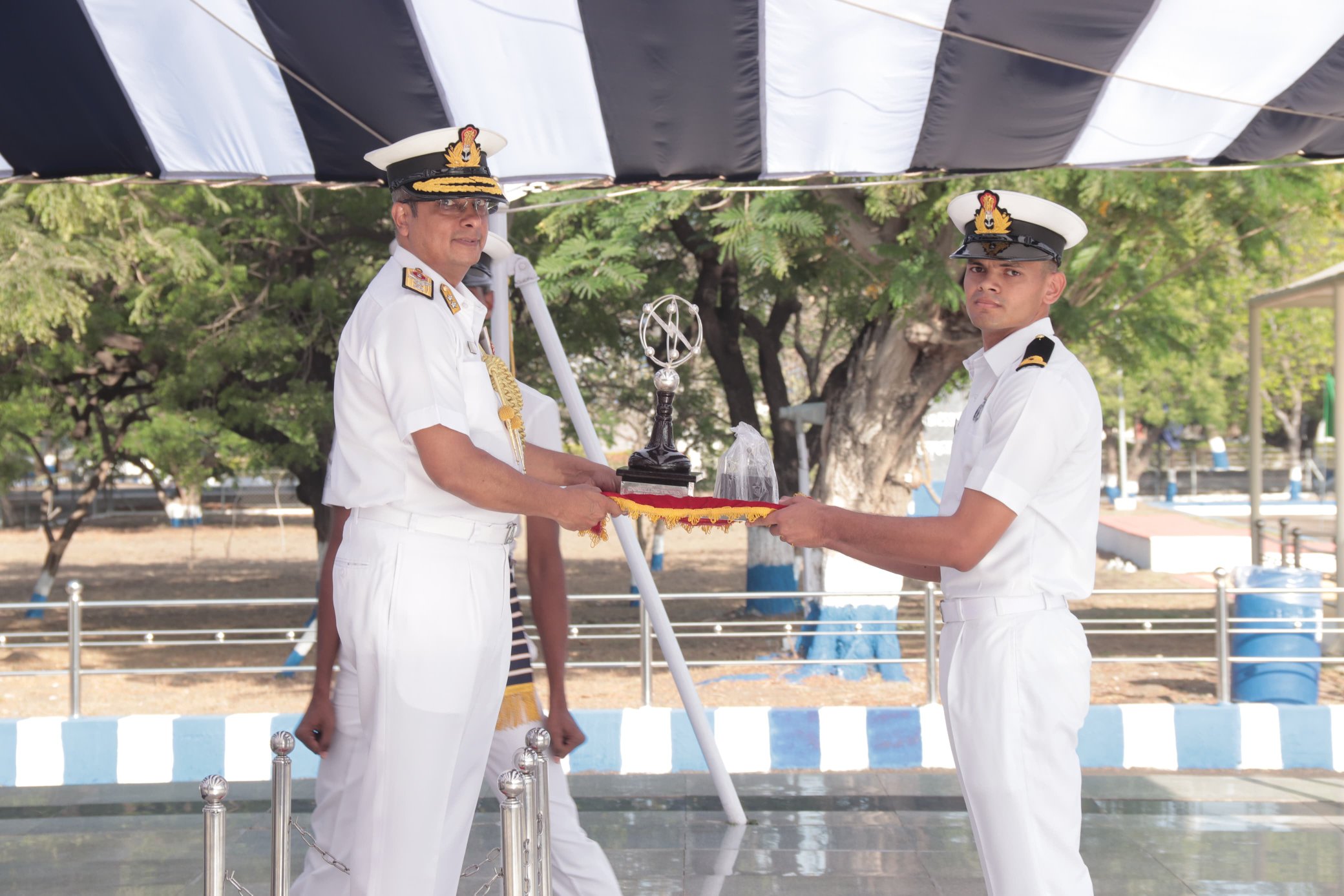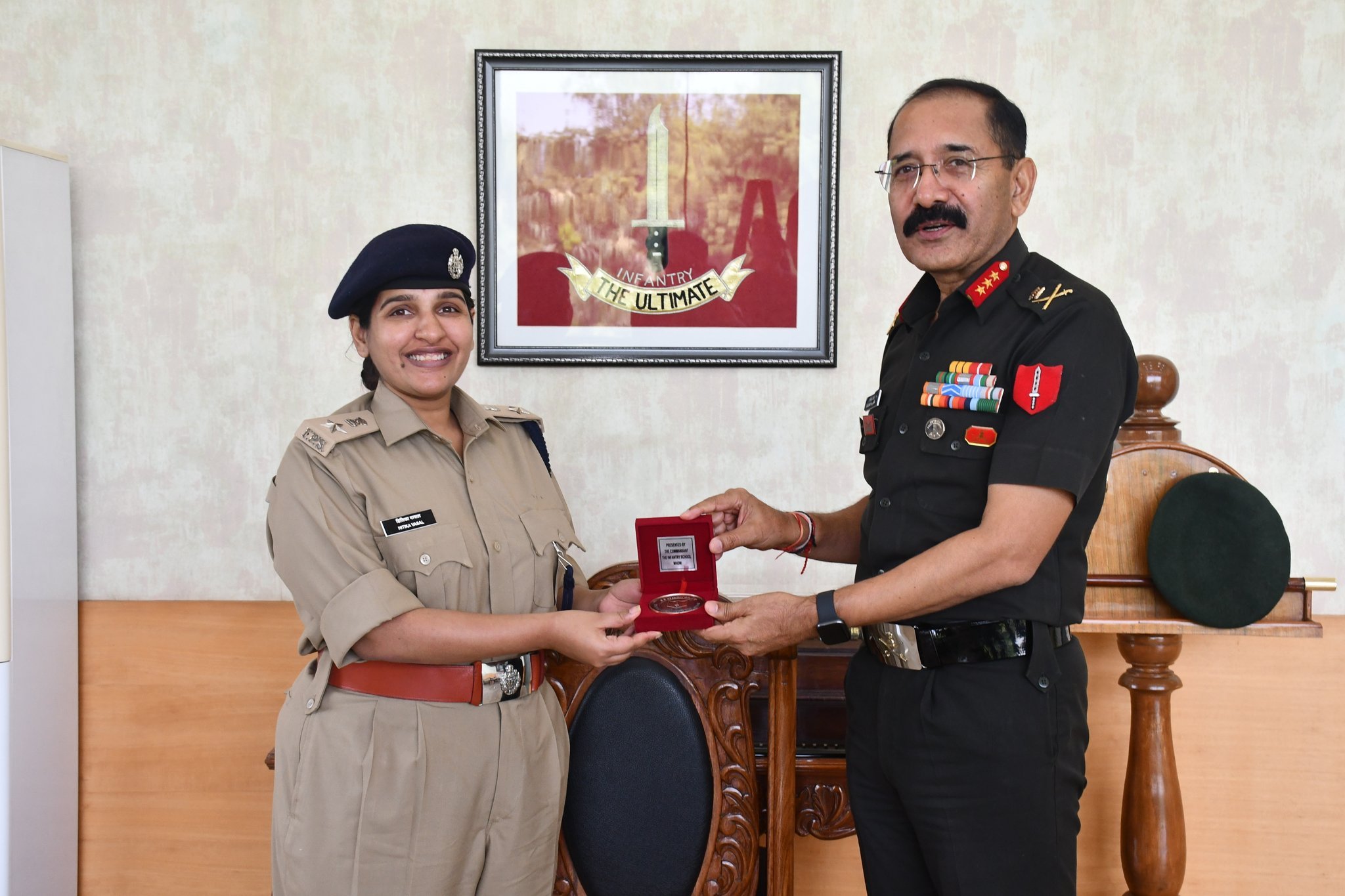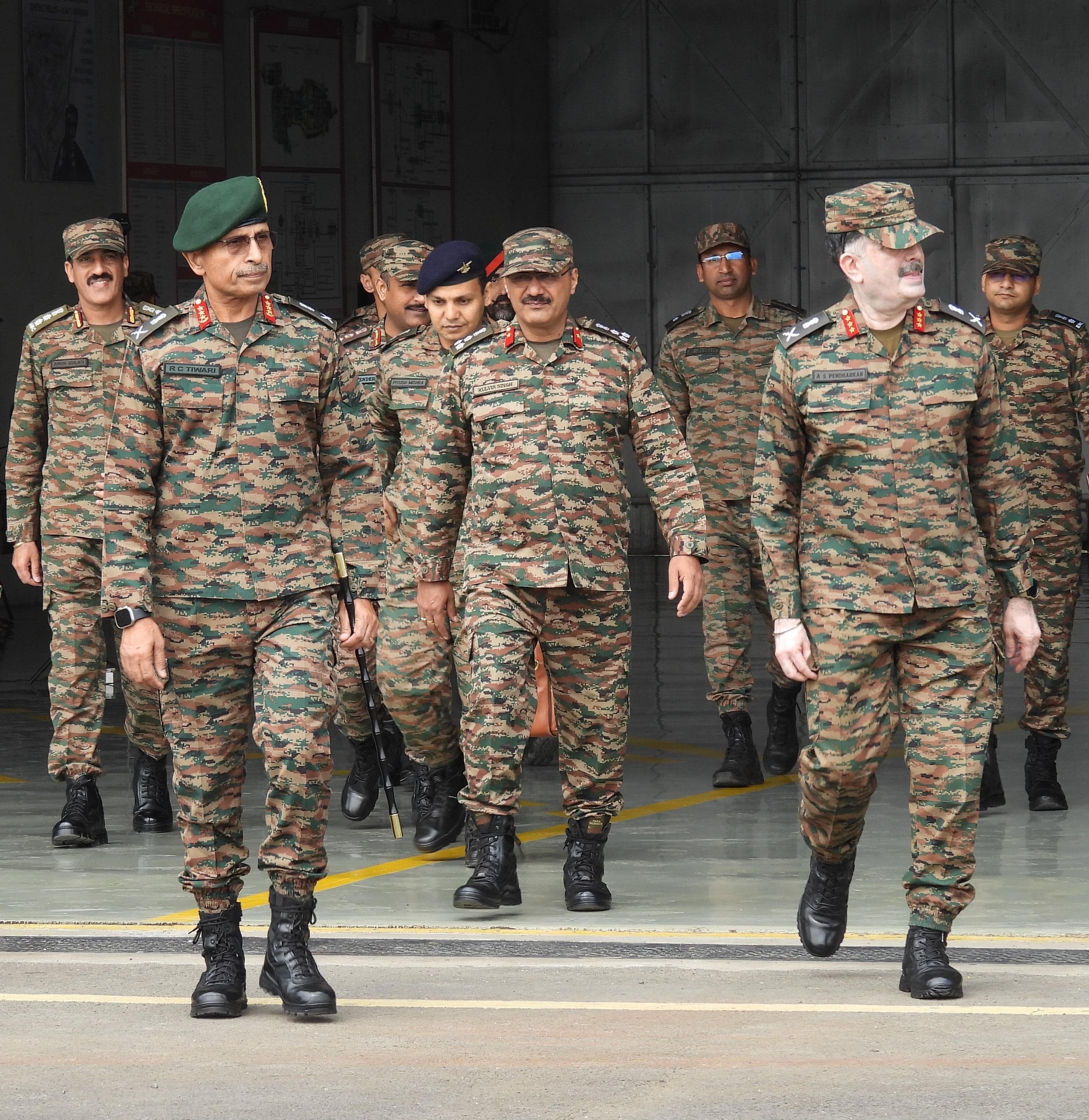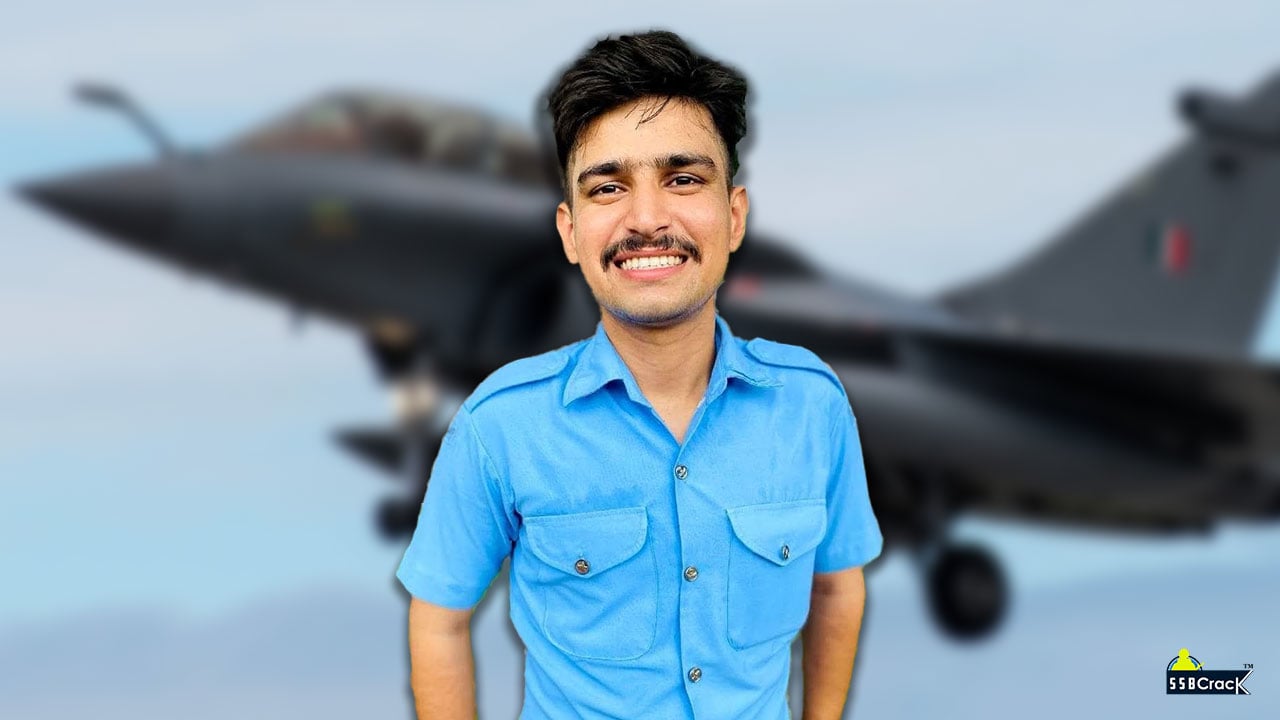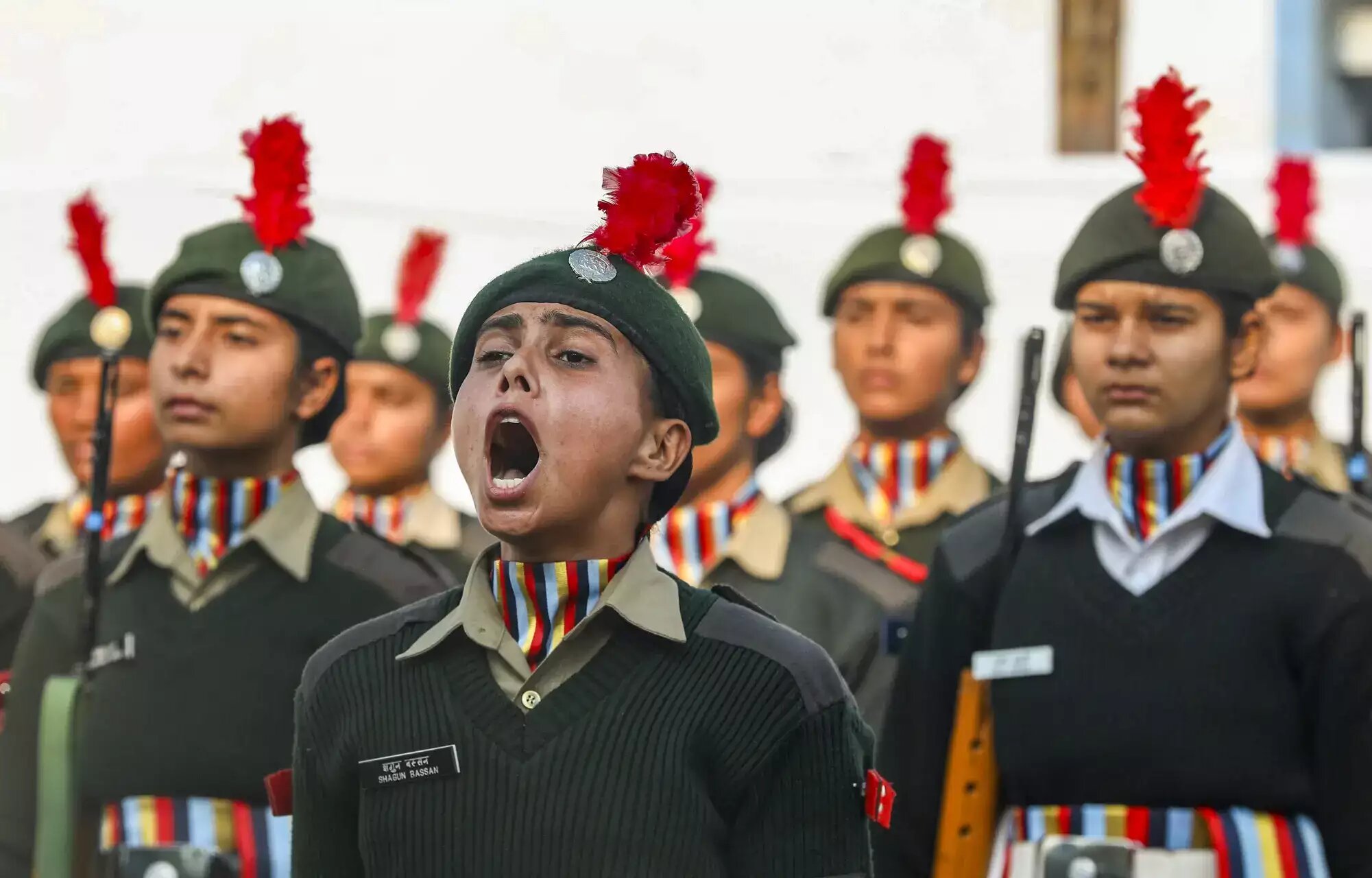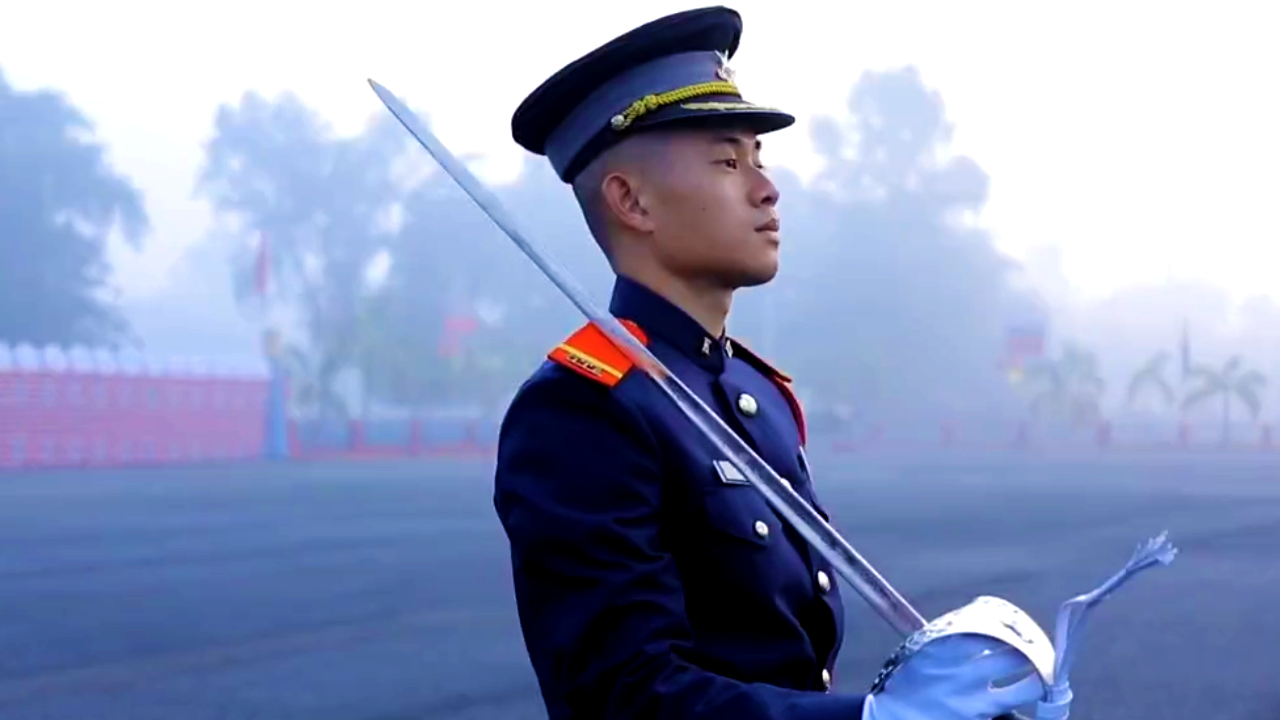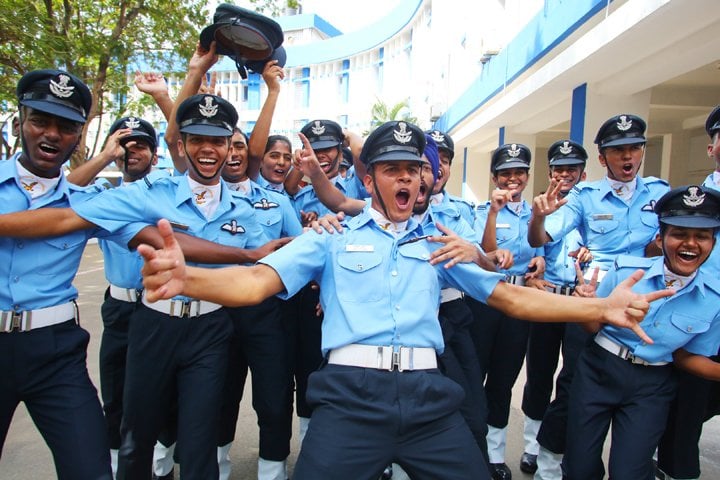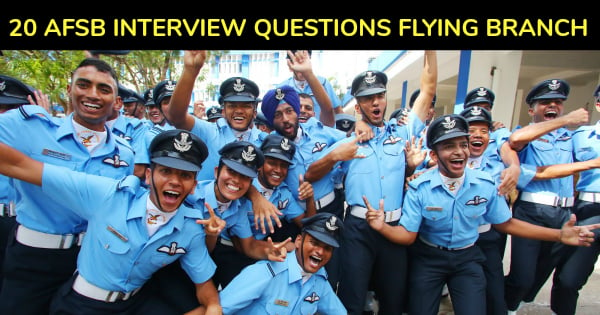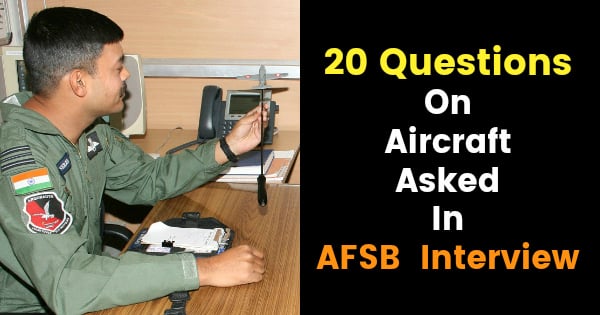In a significant milestone for Indian aerospace and defence capabilities, the first production series fighter of the Light Combat Aircraft (LCA) Tejas Mark-1A, an advanced iteration of the previously inducted LCA Mk-1, successfully completed its inaugural flight in Bengaluru. The flight marks a crucial step forward for the Indian Air Force (IAF) as it seeks to modernize its fleet with domestically produced combat aircraft.
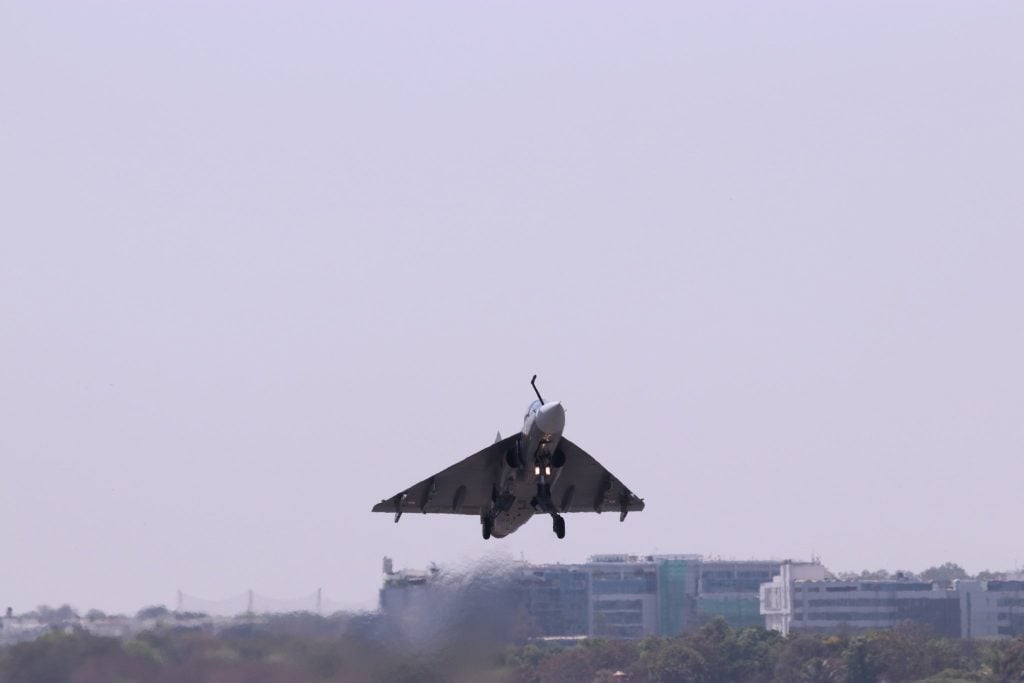
The Tejas Mk-1A, crafted by Defence Public Sector Undertaking (PSU) Hindustan Aeronautics Limited (HAL) and developed by the Aeronautical Development Agency (ADA) of Bengaluru under the Defence Research and Development Organisation (DRDO), showcases India’s growing prowess in indigenous defence technology. Prior to its successful maiden voyage, the aircraft underwent extensive taxi trials, demonstrating HAL’s meticulous preparation for this historic event.
Piloted by Group Capt (retd) KK Venugopal, HAL’s chief test pilot for fixed-wing aircraft, the Tejas Mk-1A’s first sortie lasted for 18 minutes. “The first aircraft LA5033 of the Tejas Mk1A aircraft series took to the skies from HAL facility in Bengaluru today (Thursday). It was a successful sortie with a flying time of 18 minutes,” HAL announced, underscoring the smooth execution of the flight test.
The Tejas Mk-1A introduces several enhancements over its predecessor, including digital radar warning receivers, an advanced Active Electronically Scanned Array (AESA) radar, superior beyond-visual-range (BVR) air-to-air missiles, and external self-protection jammer pods, amongst other improvements. These advancements position the Mk-1A as a formidable asset in aerial combat and defence operations.
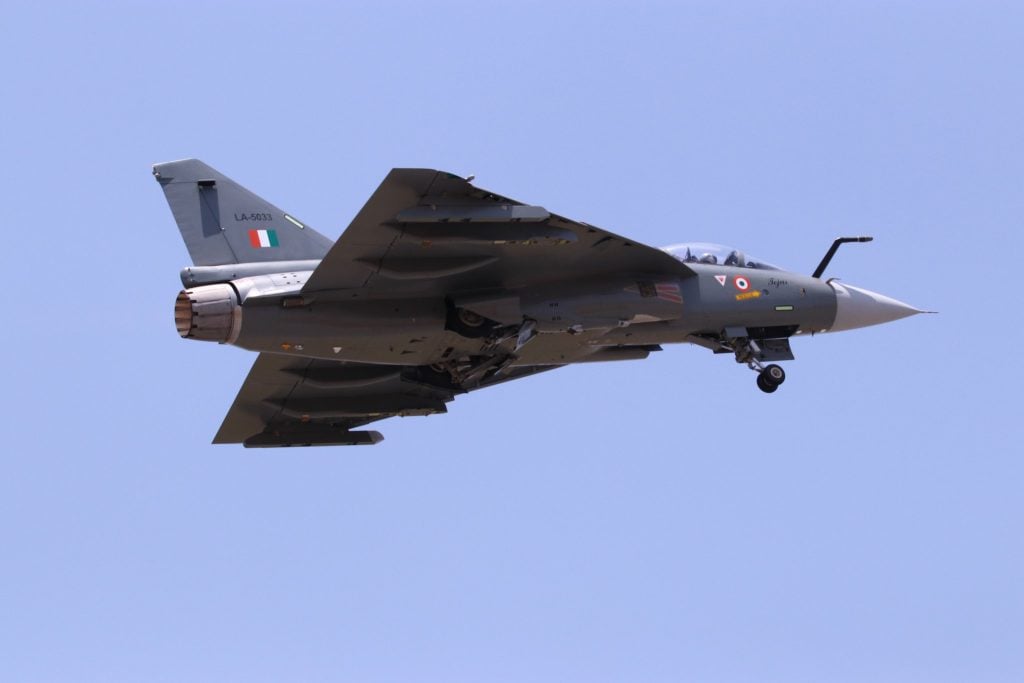
Following the delivery of 32 single-seat LCA fighters and two of the eight twin-seat trainers from the initial order of 40 Tejas Mk1 aircraft, HAL is now tasked with fulfilling a contract for 83 Tejas Mk-1A jets, valued at Rs 46,898 crore. This delivery is scheduled between March 2024 and February 2028, signaling a significant boost in the IAF’s operational capabilities.
In a resounding endorsement of the Tejas fighter, Prime Minister Narendra Modi flew in a Tejas trainer in November 2023, becoming the first Prime Minister to fly in a fighter jet. His experience in the Tejas was described as “incredibly enriching,” reinforcing confidence in India’s indigenous manufacturing capabilities and its potential on the global stage.
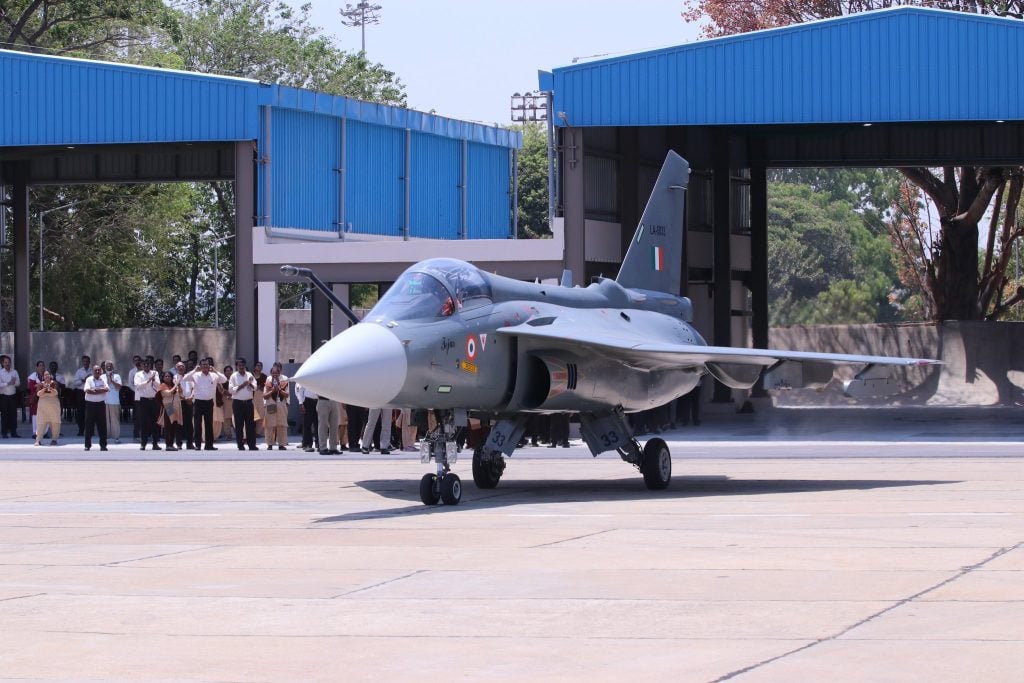
The Tejas is set to become a cornerstone of the IAF, with plans to expand its fleet with an additional 97 Mk-1A aircraft, pending final clearance. This expansion is crucial for maintaining India’s defence readiness against adversaries and addressing the current shortfall in the IAF’s squadron strength.
Despite a setback with the loss of a Tejas Mk 1 in March, the program’s success and the aircraft’s showcasing at international defence and aero shows highlight its status as a symbol of Indian innovation and strategic autonomy in defence technology. The Tejas program’s evolution from tentative beginnings to a celebrated achievement reflects a significant stride in India’s quest for self-reliance in defence production and technological advancement.

